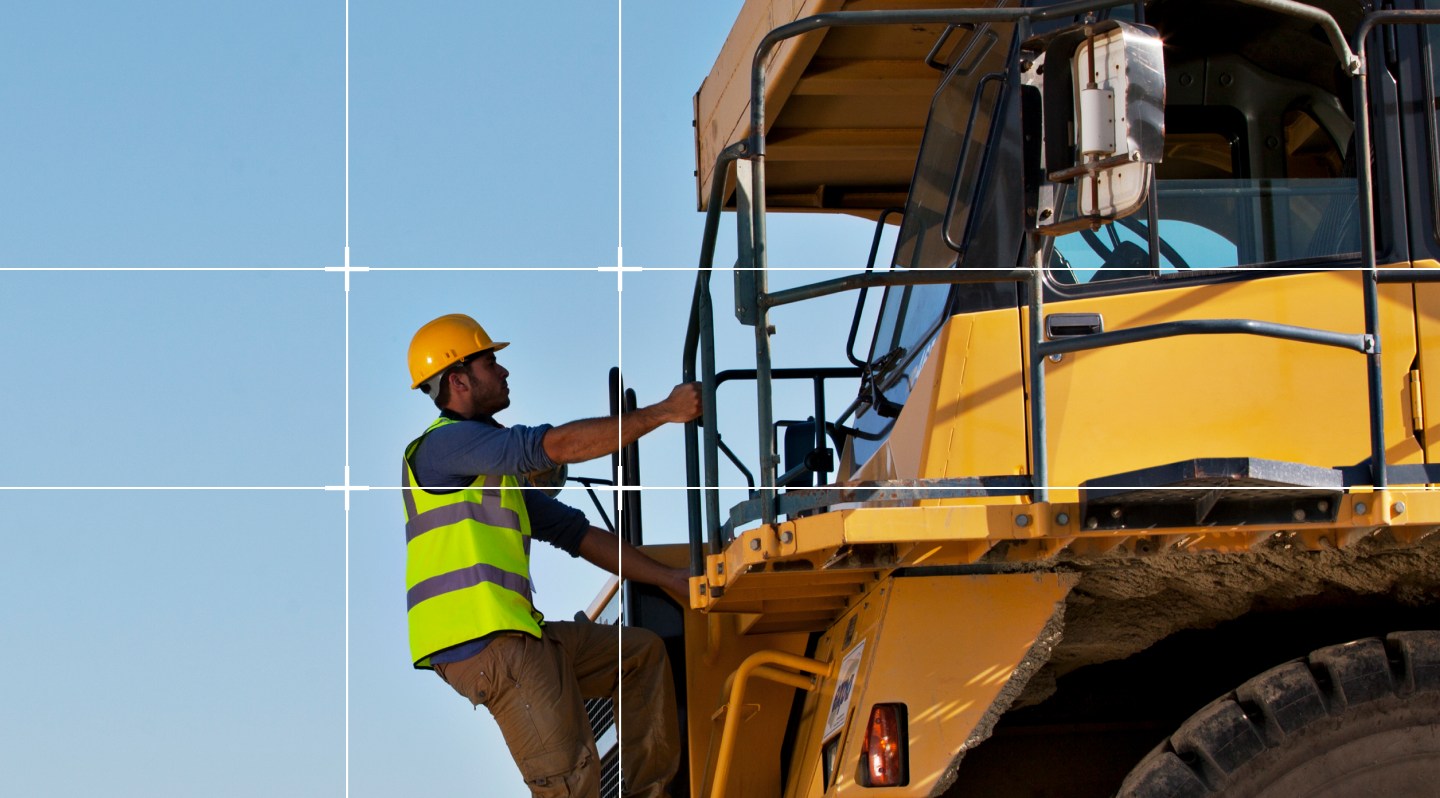People who move the physical economy forward hold some of the most dangerous jobs in the world. They operate in intense heat and bitter cold, work atop buildings, and toil below ground. They weld and torch, jackhammer and drill, and push themselves to the brink every day.
Whether you work in construction, oil and gas, manufacturing, or field services, lives are on the line. And transportation jobs are the most deadly of all. Of nearly 5,500 work-related deaths in 2022, more than 2,000 of them occurred in transportation incidents. In oil and gas, the statistics are even worse, with motor vehicle accidents accounting for more than half of all work-related deaths.
While serious accidents have declined for the motoring public, they’ve only risen for commercial workers. Nearly 6,000 large commercial vehicles were involved in fatal crashes in 2021, an 18% increase from the year before. As incidents continue to rise, new research shows that crash deaths in large vehicles have skyrocketed 75% since 2009.
Key takeaways:
- Deadly accidents for commercial workers are on the rise, though safety technology continues to be underutilized.
- While some businesses view safety investment as an added expense, the costs of inaction are often much higher.
- Fleets that utilize AI-enabled platforms report a decline in unsafe driving behaviors, leading to enhanced safety and reduced costs.
Safety technology offers a way out of this epidemic, but Motive’s State of Safety Report shows that many physical economy leaders are underinvested in safety technology, with 8% saying they’re “drastically underinvested.” Ninety-five percent of commercial fleets say safety is a priority, but it’s not their top priority.

When asked to rank priorities from a list of options, respondents ranked increasing revenue (#1) and minimizing expenses (#2) higher than improving safety (#3).
The costs of inaction
Some businesses believe that investing in a safety program is too costly in the face of so many other expenses. However, research shows that costs add up faster without a safety program in place. A single, fatal motor vehicle collision costs $1.7 million, on average. And when a large commercial vehicle is involved, costs can soar into the millions. As accidents increase, insurance rates often rise. In fact, premium costs per mile have risen 47% in the last decade as nuclear verdicts have soared.
Leveraging AI for better fleet safety
Fleet safety programs can protect workers and prevent these astronomical costs. Motive’s State of Safety Report shows that fleets with world-class safety programs experience fewer accidents and safety incidents, lower insurance premiums, and higher driver retention rates.
And though some companies worry about driver pushback, businesses that deploy dual-facing dash cams actually retain more drivers in the long run, not less. In fact, fleets using dual-facing cameras saw a 3% increase in driver retention after 75 weeks when benchmarked against road-facing dash cam users.
The most impactful road safety improvements are being driven by AI. Today’s leaders simply cannot have a world-class safety program without AI, and they’re seeing that in their own experience. A full 57% of fleets that use AI dash cams report a decline in unsafe driving behaviors. Meanwhile, 73% of leaders believe roads are safer with AI-enabled cameras/dash cams; 64% say AI is crucial for preventing accidents and coaching drivers; and 49% say AI helps improve worker safety.
At Motive, we create technology and educational guides that empower safety leaders to be change agents and make a real impact. Get on the path to world-class safety performance with our Ultimate Guide: Building a World-Class Fleet Safety Program. We’ll help you:
- Assess the current state of your safety program
- Strengthen your safety culture
- Evaluate safety technologies
- And ensure the essentials of a top-tier program
And if you’re interested in how Motive can help you chart a safer course, request a demo.




